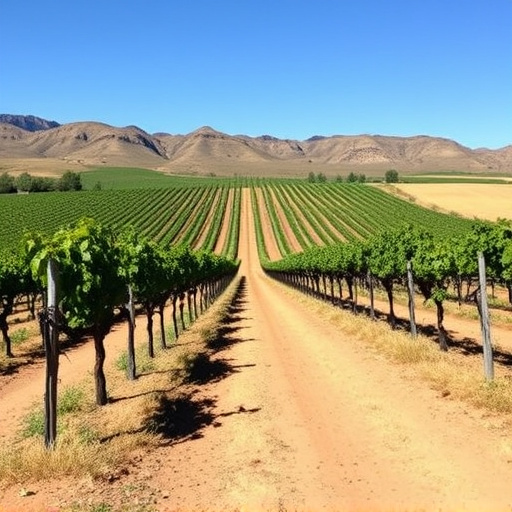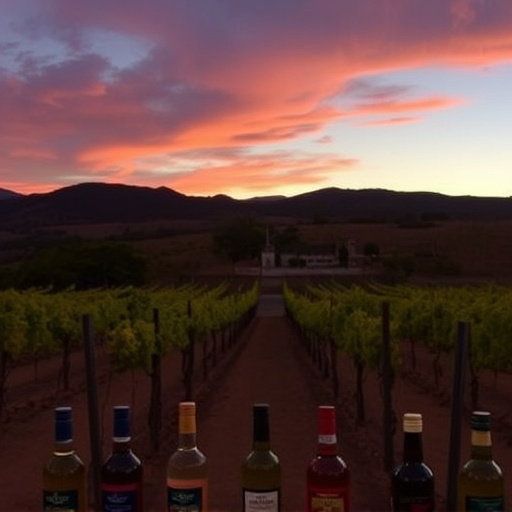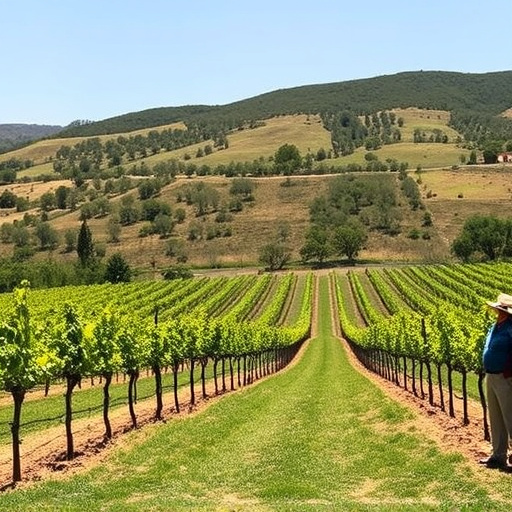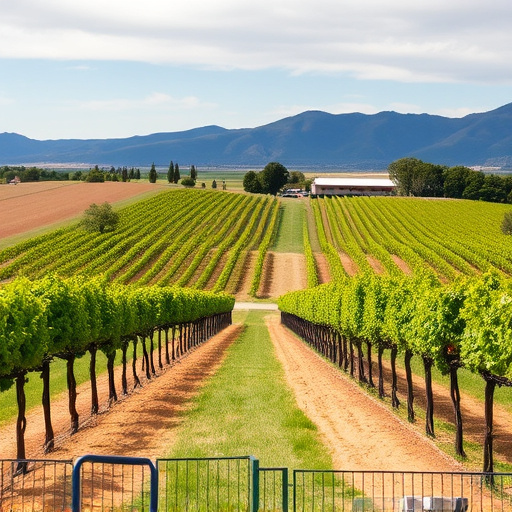Sonoita vineyards in Arizona's countryside thrive at high elevations, benefiting from cooler temperatures that enhance flavor concentration in grapes. Neighboring estates' diverse microclimates and terroir result in a wide range of wine styles—from crisp reds to fuller-bodied whites—making Sonoita a top destination for exploring unique, high-elevation wine production and flavors.
“Uncover the enchanting world of high-elevation wines from Sonoita, a thriving wine region renowned for its diverse microclimates and unique terroir. This article takes you on a comparative journey across neighboring estates, exploring how elevation and surrounding landscapes shape wine characteristics. From vibrant flavors to sophisticated aging techniques, we delve into the art of Sonoita vineyards, offering insights that cater to both enthusiasts and those curious about this captivating wine culture.”
- Exploring Sonoita's High-Elevation Wine Production
- Neighboring Estates: A Comparison of Terroir
- Tasting Notes: Unveiling Unique Flavor Profiles
- The Art of Aging: Differences in Cellar Practices
Exploring Sonoita's High-Elevation Wine Production
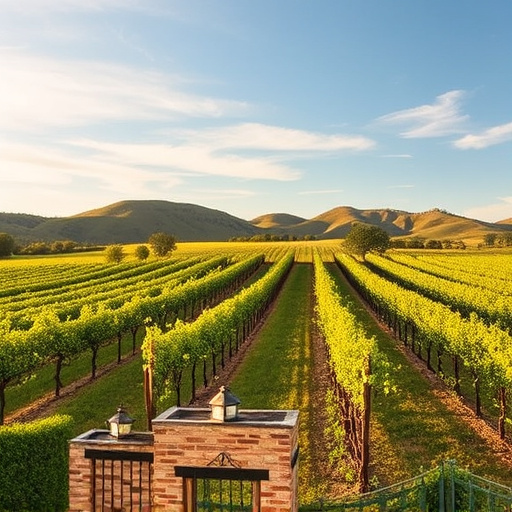
Sonoita, nestled amidst the breathtaking Arizona countryside, has emerged as a prominent destination for wine enthusiasts seeking unique and exceptional vintages. The region’s high-elevation vineyards play a pivotal role in shaping its renowned wine production. With elevations often exceeding 4,000 feet, these vineyards offer distinct advantages, including cooler temperatures that slow down grape ripening, resulting in concentrated flavors and complex aromas.
The microclimates varying across neighboring estates contribute to the diversity of wines produced. Each vineyard’s unique characteristics, influenced by factors like sun exposure, soil composition, and altitude, allow for a wide range of grape varieties to thrive. This environment encourages winemakers to explore different styles, from crisp white wines to robust reds, all reflecting the distinct terroir of Sonoita, making it a must-visit for those curious about the art of high-elevation wine production.
Neighboring Estates: A Comparison of Terroir
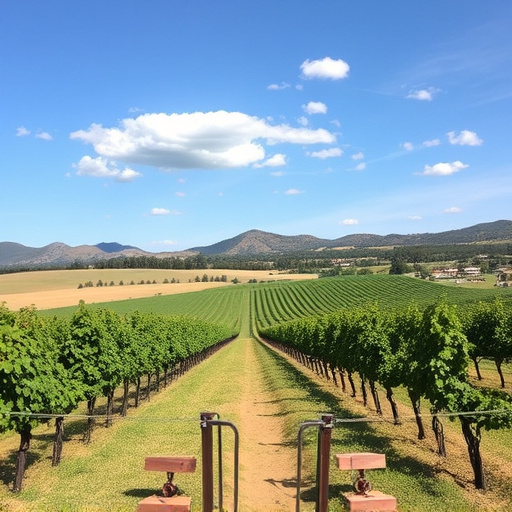
In the heart of Arizona’s vibrant Sonoita wine region, neighboring estates offer a fascinating glimpse into the diverse terroir that shapes each vineyard’s unique character. The geographic variations across these properties are akin to exploring different chapters in a symphony of flavors and aromas. Each estate, hugged by the majestic mountains, boasts its own microclimate influenced by factors like elevation, solar exposure, and surrounding vegetation.
For instance, some sonoita vineyards thrive at higher elevations, benefiting from cooler temperatures that slow ripening, preserving delicate flavors and high acidity in the grapes. In contrast, lower-lying plots bask in warmer sun, encouraging earlier maturity and contributing to fuller body and richer tannins. These differences translate into a captivating range of wines, from crisp, vibrant reds to robust, complex whites, showcasing the remarkable versatility of Sonoita’s terroir.
Tasting Notes: Unveiling Unique Flavor Profiles
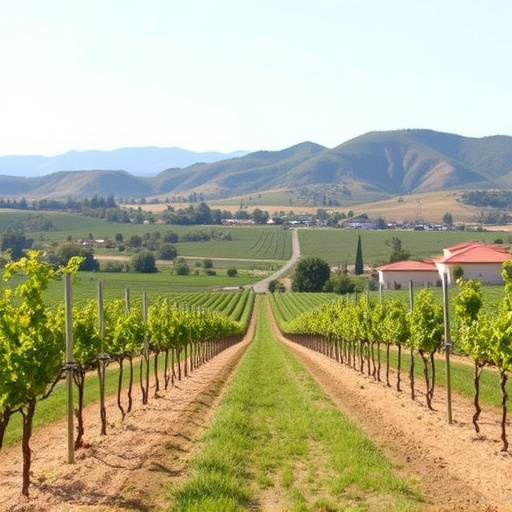
When comparing high elevation wines from neighboring Sonoita estates, one cannot help but notice the unique flavor profiles that emerge from each vineyard. The distinct microclimates and soil compositions contribute to the individual character of these wines. Tasters often describe the Sonoita wines as showcasing vibrant acidity, balanced tannins, and complex aromas ranging from fruity notes like cherry and raspberry to earthy undertones reminiscent of spice and herbs.
Each estate offers a distinct experience, with some focusing on lighter, more crisp styles while others produce fuller-bodied wines with rich flavors. The unique terroirs of Sonoita vineyards allow for a fascinating exploration of wine diversity, making it a delightful destination for both connoisseurs and those new to the world of viticulture.
The Art of Aging: Differences in Cellar Practices
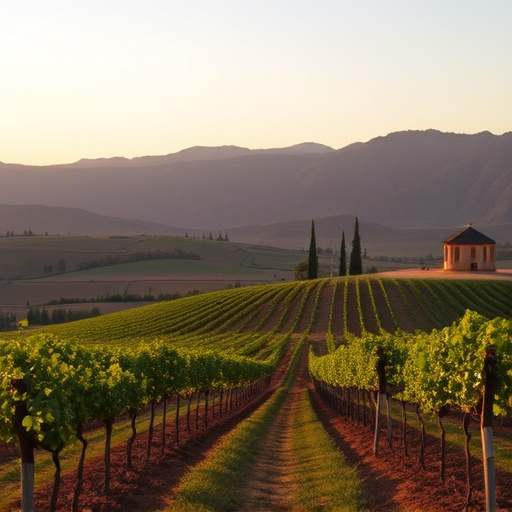
The art of aging wine is a delicate dance, and each Sonoita vineyard brings its unique twist to this process. Neighboring estates may share similar high elevations, but their cellar practices can differ vastly. Some prefer traditional oak aging, immersing wines in the rich flavors and aromas that these barrels impart. Others opt for more innovative methods, such as concrete vats or stainless steel tanks, seeking to preserve the wine’s natural characteristics without external influence.
These variations create a captivating spectrum of flavors across Sonoita’s vineyards. Oak aging often adds notes of vanilla, spice, and toasted nuts, while concrete vessels can impart mineral and earthy tones. Each approach offers a distinct sensory experience, showcasing the versatility of high-elevation wines. The choice lies in the hands of the winemaker, who meticulously crafts each vintage, ensuring it finds its perfect home within their cellar’s unique atmosphere.
In exploring the high-elevation wine production of Sonoita, we’ve witnessed a diverse landscape where neighboring estates showcase unique terroir and distinct flavor profiles. From careful cultivation practices to innovative aging techniques, each vineyard contributes its own nuanced story to the rich tapestry of Sonoita’s viticultural identity. As we delve into these comparative insights, it becomes evident that the region’s vibrant wine culture is not just about the grapes, but the art of crafting wines that resonate with the distinct character of these majestic vineyards.
